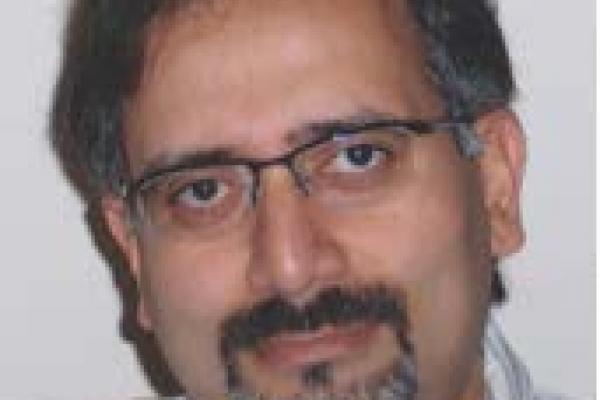
The US Nuclear Science Advisory Committee’s (NSAC) Long Range Planning process for the next decade culminated in October 2015. It strongly recommended construction of the Electron Ion Collider (EIC) as its highest priority new construction after the completion of FRIB ( the Facility for Radioactive Isotope Beams). Experiments with polarized beams at the EIC will enable unprecedented studies of the gluon’s role in the origin of nucleon's spin including the partonic structure & dynamics. Methods developed over the past decade to study the nucleon structure will potentially result in tomographic images of the nucleon, thus providing a unique view of the workings of QCD and hopefully clues to understanding QCD’s most interesting unsolved problems such as color confinement. High energy electron nucleus collisions over a wide range of nuclear species will enable complementary studies of high density gluon fields in QCD resulting in some of the most fundamental tests of QCD and its universality. I will summarize the science case for the EIC, and present opportunities and challenges this facility will present in the design and construction of future accelerators, and novel technologies for future detectors.
